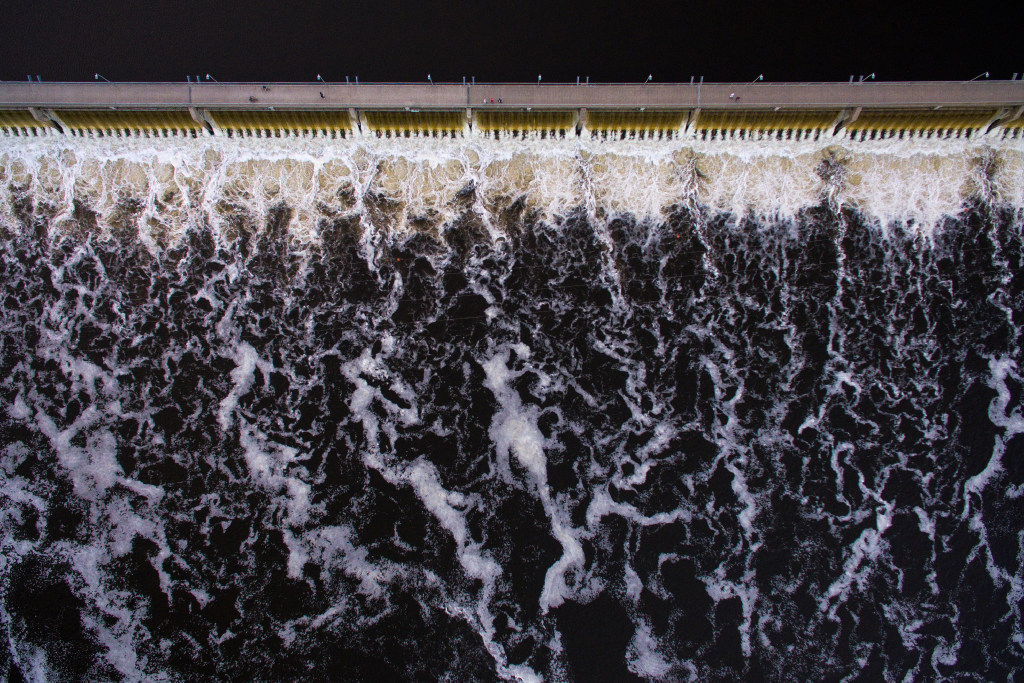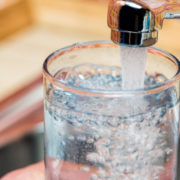Alarming Water Quality Issues in Minnesota
Minnesota is known as the land of 10,000 lakes. In actuality, there are over 11,000. There are also over 6,500 rivers within the state that flow a total of almost 70,000 miles. Our beloved Mississippi River starts up in Lake Itasca and flows 680 miles through the state.

(photo credit: www.onlyinyourstate.com)
These rivers and lakes provide amazing beauty for us all but for many people in the state who rely on these bodies of water for their drinking source, there are some alarming changes happening.
A growing number of Minnesotans are seeing an increased level of nitrates and other contaminates in their drinking water. Over 100,000 Minnesotans in areas all over the state have already had to address the issues with their drinking water and that number continues to grow every year.
The cost of these fixes can range from a few dollars to a few thousand dollars per household depending on the level of contamination and what needs to be done. The city of Hastings, for example, spent $3.5 million to upgrade its treatment facilities to reduce nitrates in its drinking water. Cities such as Hastings are a perfect example of what other cities throughout the state are also seeing. The result is tens of millions of dollars spent annually on the state’s storied lakes and rivers.
So, with all that spending, water quality must be improving, right? No, say multiple state reports. In fact, things are getting worse.

(photo credit: www.startribune.com)
Drinking water can be contaminated by man-made chemicals or by natural sources, like heavy metals in rock and soil. Natural waters contain impurities. Most impurities are harmless. However, drinking water that has certain levels of microorganisms, minerals, man-made chemicals, or naturally-occurring pollutants can be harmful to your health.
Minnesota has about 960 community water systems that serve approximately 80% of Minnesota residents. Water from these systems can come from groundwater (water found in underground aquifers, the pores between sand, clay, and rock) or from surface sources (rivers, lakes, and streams). Most systems use groundwater from underground sources tapped by wells.
Though most systems get water from groundwater, about one-fourth of the state’s residents drink water that comes from surface water systems.
About one-fifth of Minnesota residents drink water that comes from private wells.
No matter where you get your water from it’s always important to have your water tested. North Metro Plumbing Services will test your water and get you set up with the proper filters.
Article Sources:
Minnesota Department of Natural Resources


